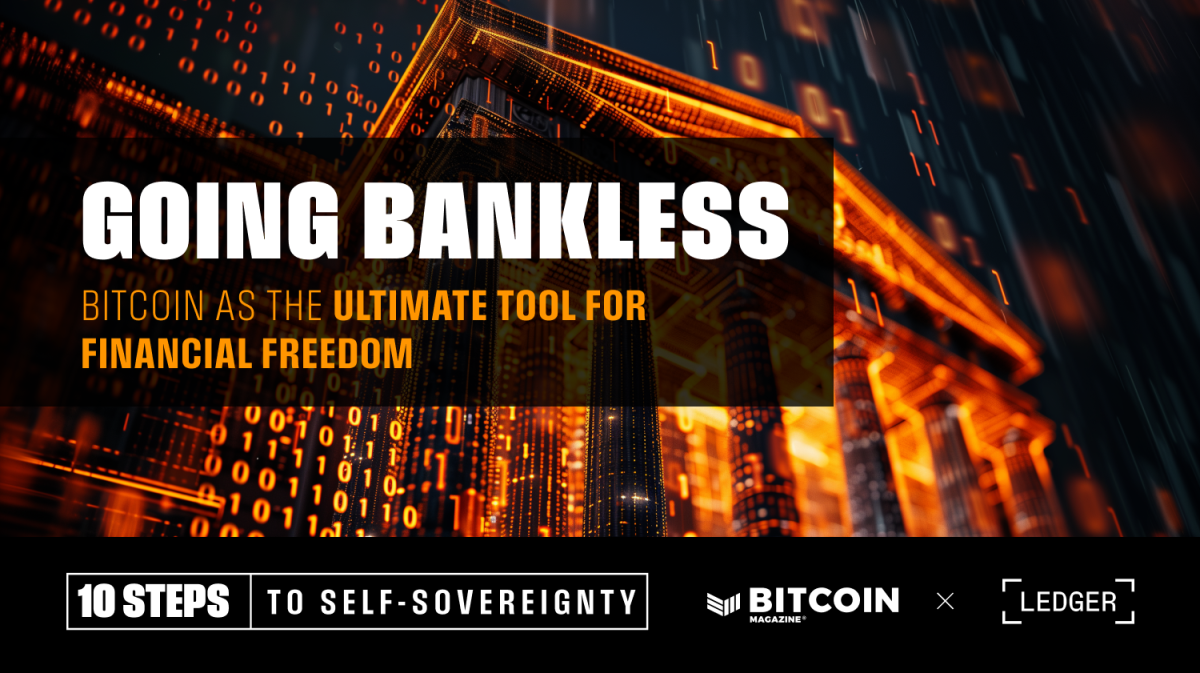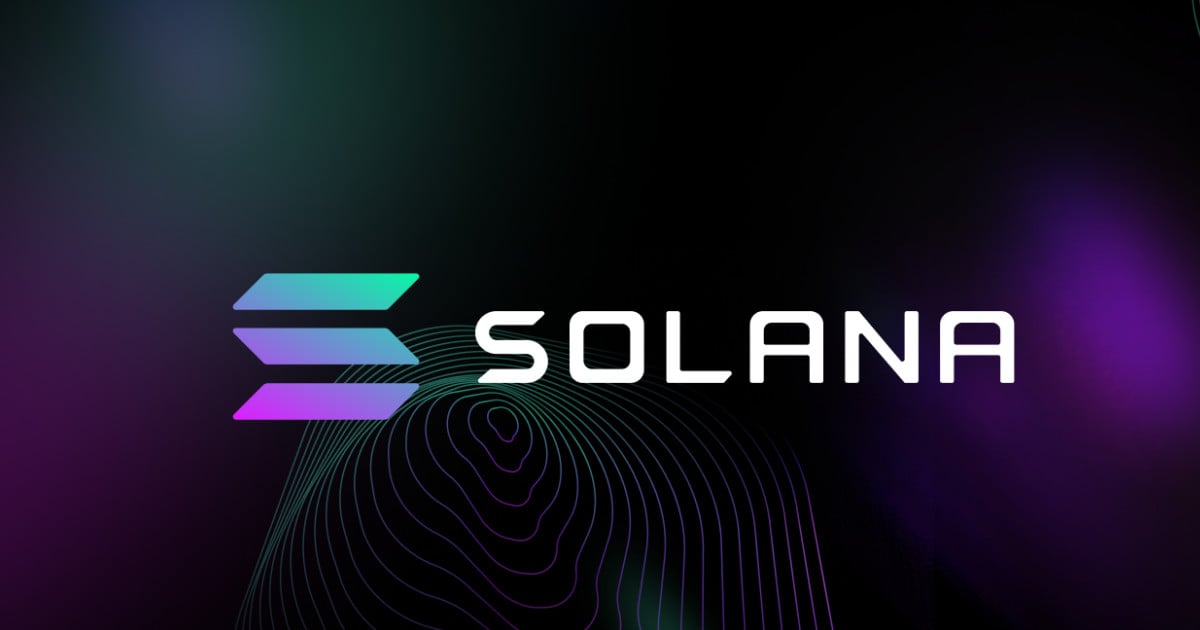Bankless: Bitcoin offers ultimate financial freedom


It is often said that with Bitcoin, anyone can be their own bank. If you know anything about the ethos and underlying technology of Bitcoin, you’ve probably heard of this concept. But do you know how it works and why Bitcoin is a better store of value than banks?
To get the full picture, it’s important to understand how banks work today and how Bitcoin differs from traditional financial systems.
banking problems
The first problem for banks is their custodial nature, which results in the re-collateralization risk inherent in fractional reserve banking. If a bank is simply a means of storing cash for customers, then using a bank is simply Counterparty Risk. While it’s not ideal, it’s not necessarily a problem if the bank simply leaves customer funds lying around, but that’s not exactly what happens. To explain, banks lend out their hard-earned cash and earn a return on that cash, often by purchasing government bonds. Sometimes banks lend too much and can’t maintain enough liquidity to repay, and unfortunately there’s nothing you can do about it. When a bank fails, your funds often disappear along with it.
Not only that, the traditional financial world is controlled. Simply put, traditional financial institutions must comply with national and local regulations that limit how individuals can spend their hard-earned currency. This problem is further exacerbated in countries with strict capital controls. If government regulations can suddenly change, your money in the bank could be at risk. Banks and traditional financial institutions that exist under the government’s legal and regulatory system have no choice but to comply.
In one of these situations, you suffer a loss through no fault of your own. Your funds depend entirely on the honesty of the bank. This is a big risk. Banks have failed before and will fail again. Unfortunately, centralized financial institutions come with these types of risks.
Why Bitcoin is the Solution
To avoid these uncertainties, we seek to store capital outside the jurisdiction of centralized institutions. The only answer is to use a purely decentralized store of value: Bitcoin. Bitcoin avoids this risk through several features that centralized financial institutions cannot provide.
unlimited
Unlike banks, Bitcoin has no borders. You can access and spend your funds from any country and send BTC to anyone in the world. The advantage of being borderless is that sending BTC to your next-door neighbor doesn’t cost any more than sending it to someone on the other side of the world. Plus, unlike banks, there are no currency exchange fees required. Additionally, users can transact seamlessly across political jurisdictions due to Bitcoin’s permissioned nature.
Peer-to-Peer (P2P) value transfer
The main difference between traditional financial systems and Bitcoin is that it requires a trusted third party to facilitate transactions. This means that third parties can interfere with a person’s financial representation by approving or rejecting certain transactions. In contrast, Bitcoin’s permissionless peer-to-peer network avoids intermediaries, allowing individuals to unilaterally direct transactions between themselves.
ownership
Another benefit of Bitcoin is that it allows individuals to control their own funds through the power of cryptography. Essentially, if someone has access to a specific Bitcoin private key, they can control the flow of funds from the public address associated with that private key.
As long as no one else has access to your private keys, only you control your Bitcoin. Although there are difficulties in storing your private key (generated from your seed phrase) privately and securely, you can safely use this private key to sign messages and interact with the Bitcoin network. When you store funds in a bank account, the bank can lend or use the funds, but this is not possible with a non-custodial Bitcoin wallet. This is what true ownership is all about.
How you manage your Bitcoin is important to become truly bankless
If you want to become truly bankless, it is important to understand the intersection between traditional financial institutions and centralized Bitcoin custodians.
A centralized exchange is a business registered in a specific country. Therefore, like banks, we must comply with local laws and regulations. Moreover, it does not allow you to manage your own private keys. Just like banks have access to your fiat currency, companies have access to your Bitcoin at any time.
These centralized institutions all rely on the integrity of the banks they use. They all involve counterparty risk. If you use a cryptocurrency platform that relies on banks and the bank closes, your funds will go with them. So, if you decide to go bankless, you need to consider these aspects.
Challenges facing a bankless situation
We know that going bankless with Bitcoin requires embracing self-custody, but custody is not the only challenge. Of course, Bitcoin works a little differently than fiat money, so it is difficult to actually implement bankless using Bitcoin.
pay daily
Bitcoin’s suitability as a store of value is unrivaled, but it can present challenges for everyday payments. Bitcoin’s average block time is 10 minutes. This means that simple payments for items like a cup of coffee are greatly limited by Bitcoin’s design.
In other words, there is a solution that can scale both Bitcoin’s transaction speed and total throughput. For example, the Lightning Network, a Bitcoin Layer 2 solution, provides near-instantaneous, global final transaction settlement while minimizing the use of the Bitcoin base layer. While Lightning is limited by certain aspects of its design, such as having to anchor to Bitcoin itself to close and open payment channels, a layer 2 like the Lightning Network has the potential to greatly expand the use of Bitcoin as a medium of exchange. Open .
One proposal to overcome the design constraints of the Lightning Network mentioned above is to use Chaumian ecash. Here, the United Mint can issue certificates redeemable to users in the same way that cash was once redeemable for gold: certificates of deposit.
In the ecash implementation, the United Mint Network uses Lightning to make payments between each other, and retail payments are made using ecash itself. This means that Lightning can become a commercial solution for scaling Bitcoin financial services and that retail payments will take place on solutions built on Lightning.
widespread adoption
Of course, true banklessness is impossible if Bitcoin is not accepted as a medium of exchange. For now, there are still only a handful of businesses in most parts of the world that accept Bitcoin. At first, you can also search for offline and online stores that are willing to handle cryptocurrencies.
However, Bitcoin adoption is changing significantly. Although Bitcoin is still in its teens, many large brands are embracing it today. The list of Bitcoin-friendly companies continues to grow, including Disney, PlayStation, Microsoft, Starbucks, KFC, and Burger King.
The road to being bankless
In conclusion, going bankless using Bitcoin requires due diligence. First of all, you need a non-custodial wallet like a Ledger device. But being truly unbanked doesn’t end there. You need to evaluate which platform you use and how you use it. And finally, we need to take steps to make everyday transactions more feasible.
But once you put those pieces in place, you’re well on your way to your end goal.



